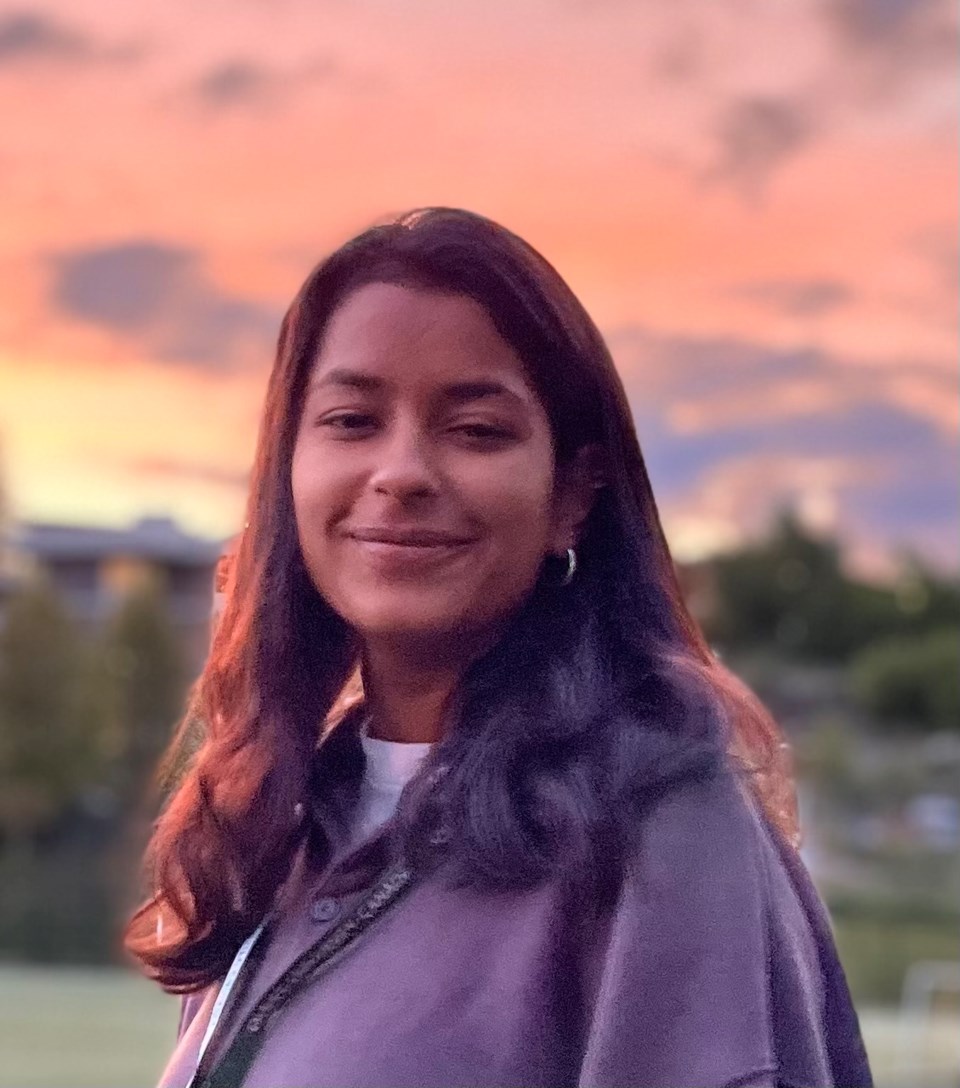You may have noticed that �鶹�����is growing. The population increased from 19,497 in 2016 to 23,819 in 2021, and it is likely even higher now.
Amidst the flux of people moving to and through Squamish, I notice that it has become harder to distinguish a local from a tourist, and easier to give in to the tendency of organizing social worlds by categorizing people; profession, skin colour, mother tongue, the list goes on.
I have heard problematic comments thrown around nonchalantly; “Indian men all wear these hats and work as bus drivers,” or “All the students of colour hang out with each other in university,” and “The Chileans usually work construction,” and “I thought the Filipinos were Mexicans.”
My fear with such generalizations is that they are masking my and other immigrants’ (hi)stories of culture and nuanced experiences — the realities that are crucial to understand if we as a town really want to embody being multicultural and inclusive.
As a person of colour taking social science classes at Quest, a predominantly white university, often my peers made my personal opinion a reference point for their entire understanding of my country or even continent. My fellow Black, Indigenous and People of Colour (BIPOC) community has been expected to educate others on histories of trauma and oppression. That without any active steps being taken toward reconciliation or at least well-informed discussions on these topics and their systemic roots.
Diaspora experiences are something of the past, rather than something that is changing as we speak. For me, being an immigrant in �鶹�����means so much more than just leaving India for higher education — it means carrying the sacrifices my parents made to send me here, and making a home through the connections I make with this community.
When this understanding of the immigrant experience is missing, we see the negative effects explicitly.
Whistler Multicultural Society recently released their ‘2022 Racism, Bias and Discrimination Survey,’ which reveals that excluding those who identified as white, 72% of those who identified as racialized report experiencing incidents of racism, bias and discrimination in the Sea to Sky Corridor.
This includes verbal racism, such as racist questions, comments and microaggressions; institutional racism in schools and workplaces, and non-verbal racism through discriminatory gestures/facial expressions; ignorance and avoidance, to name a few.
In an ever-expanding town where over 20% of the population are immigrants, it is time that acceptance of diversity be measured by cross-cultural sensitivity and not indifference. By sensitizing ourselves to realities different from our own, there is potential to make �鶹�����really a home to its diversity. It will determine the cohesiveness of this community and its socio-economic growth in the years to come.
Gurbani Kaur is a Quest University graduate, originally from Delhi, India. She now works with Foundry Sea to Sky as a youth worker.





